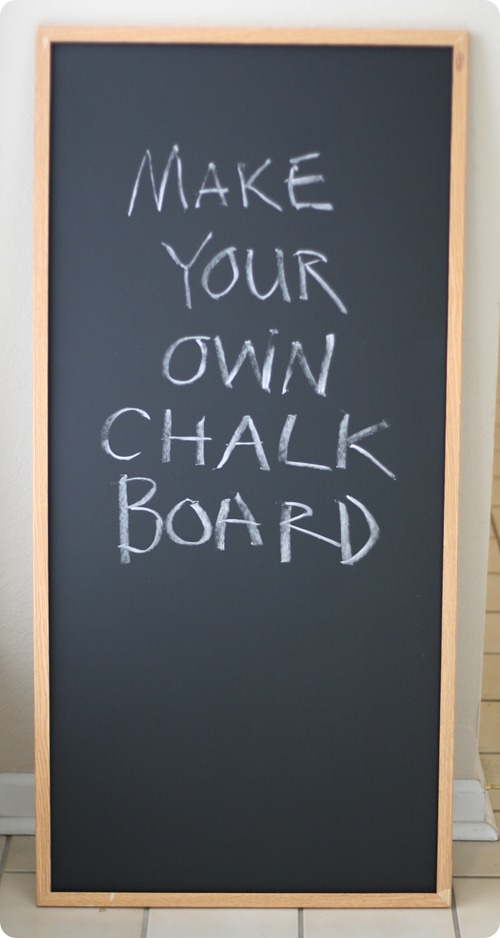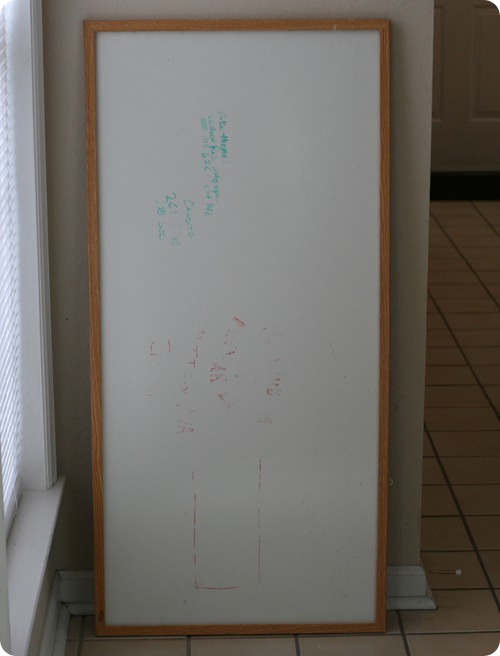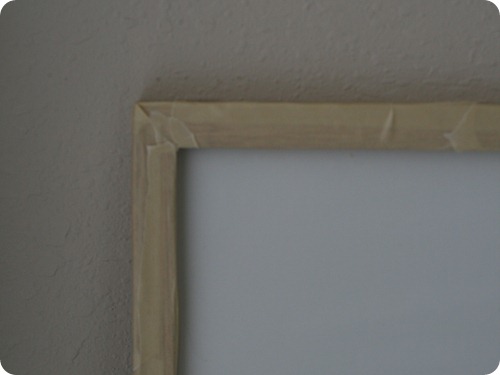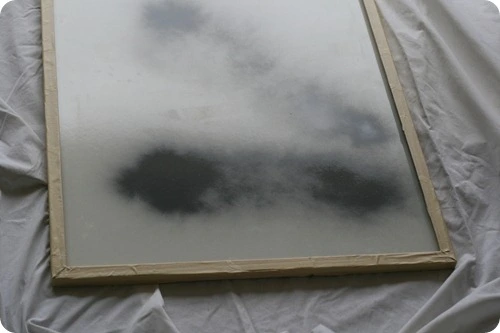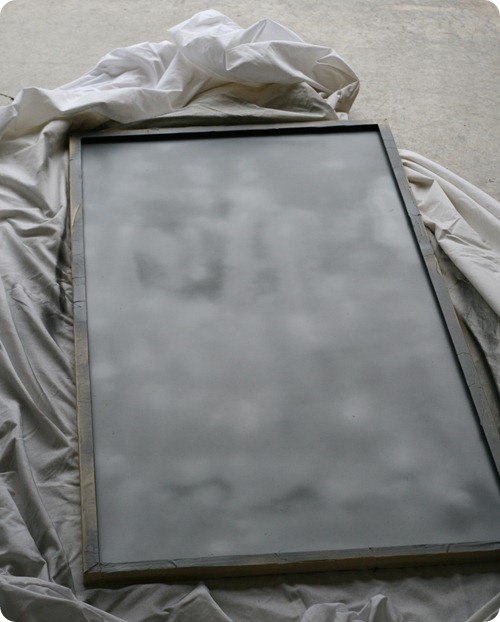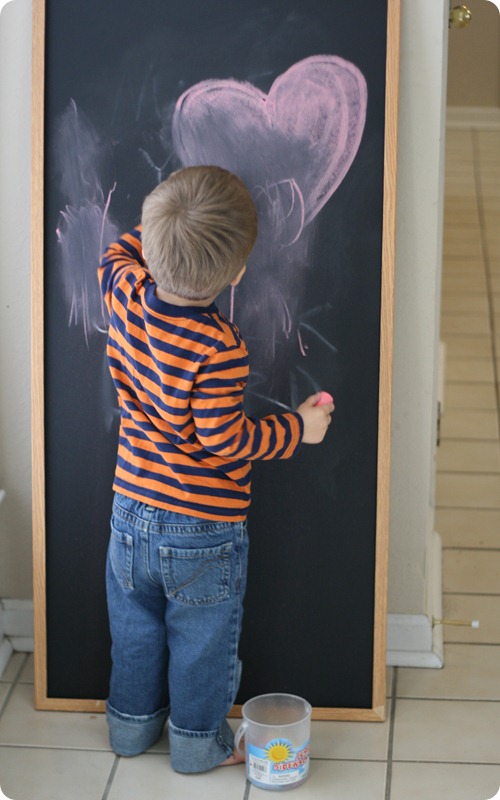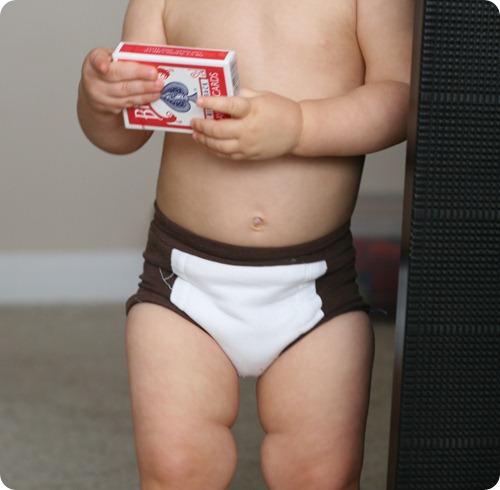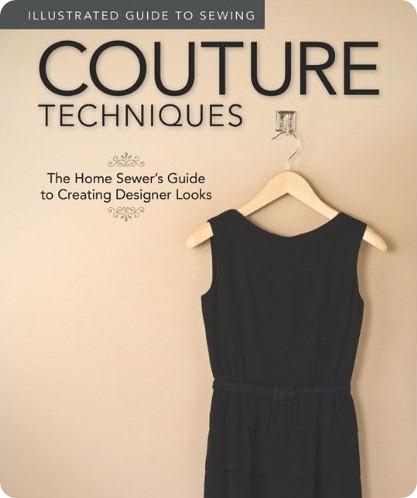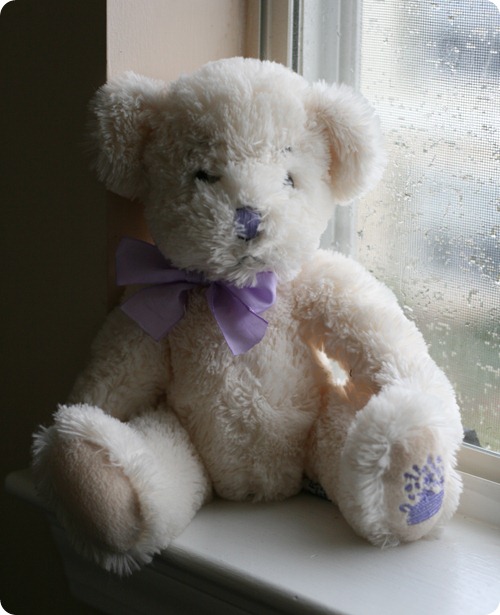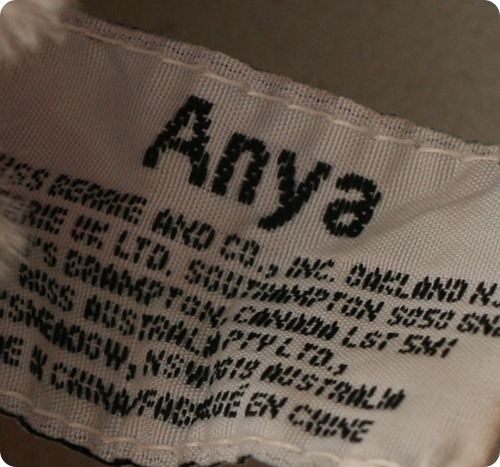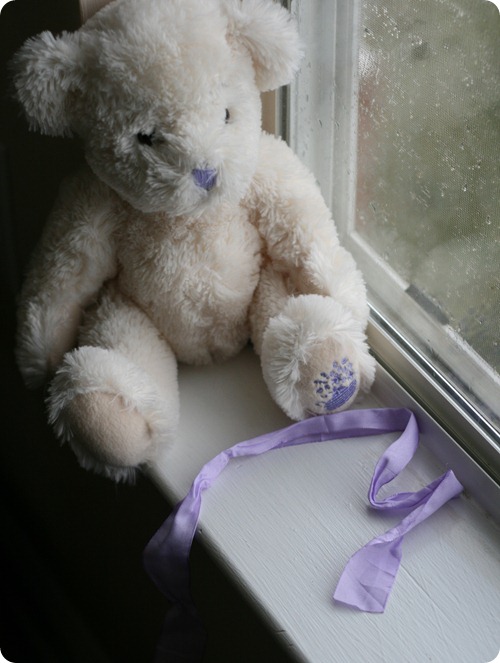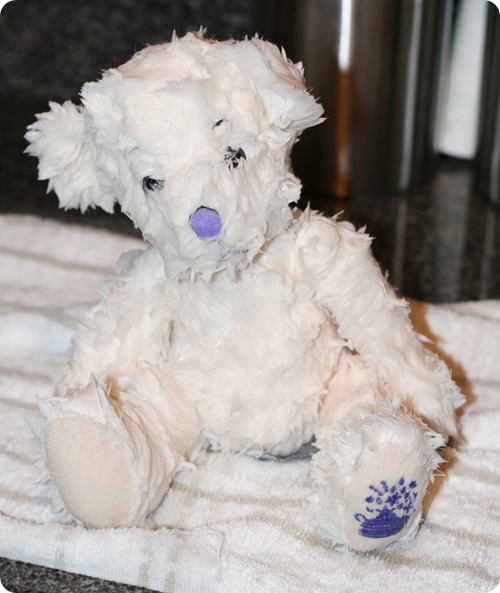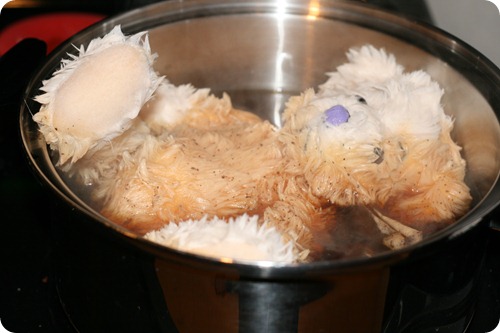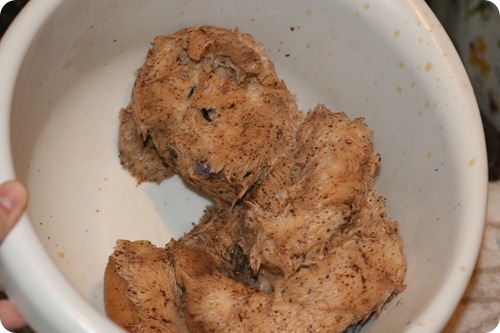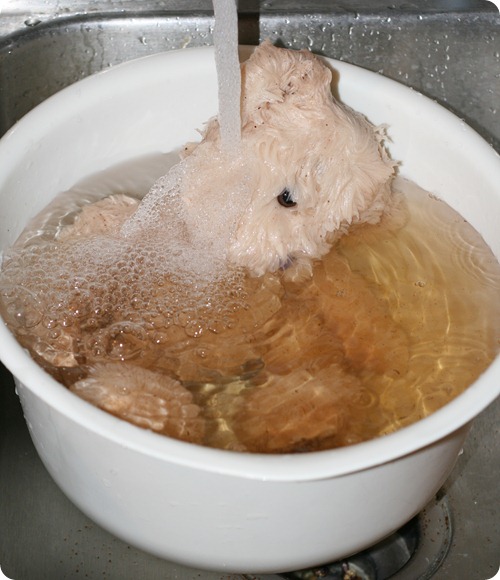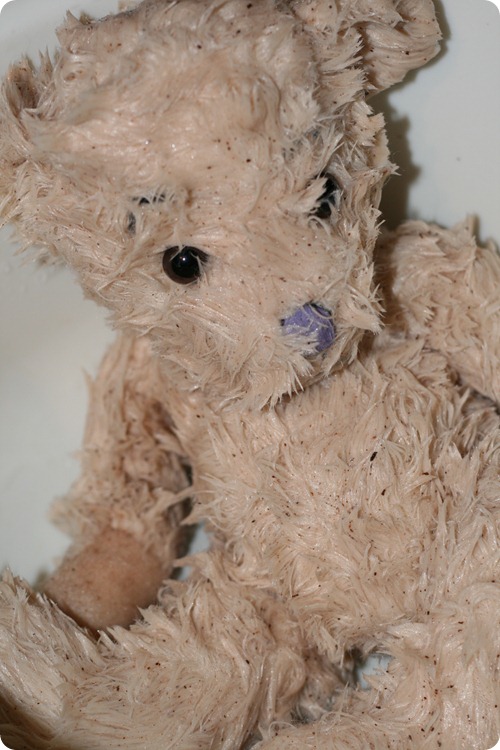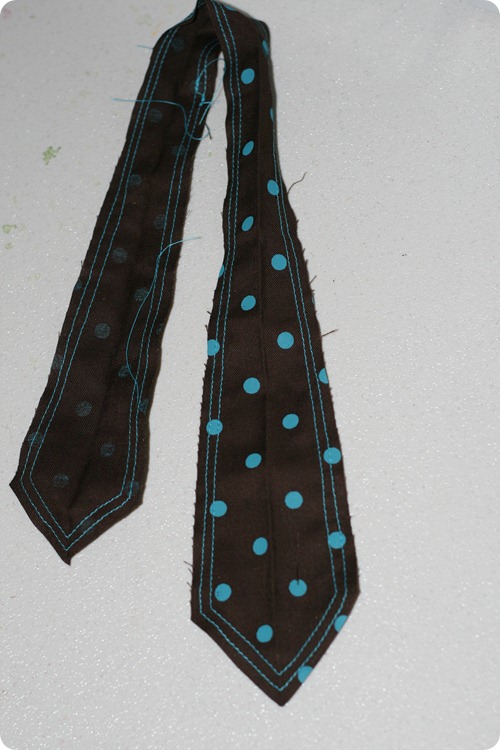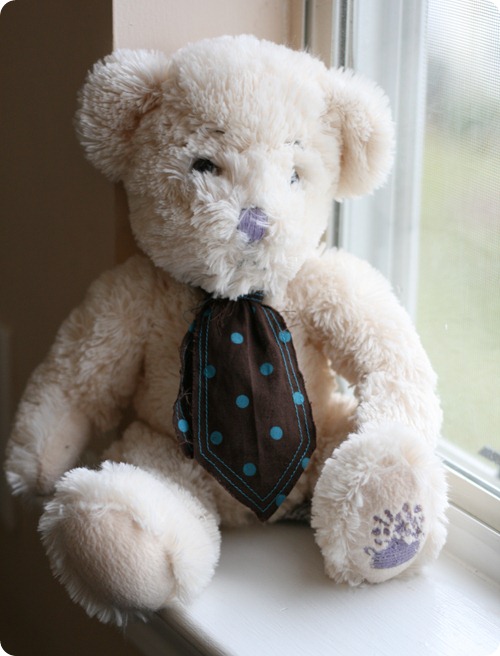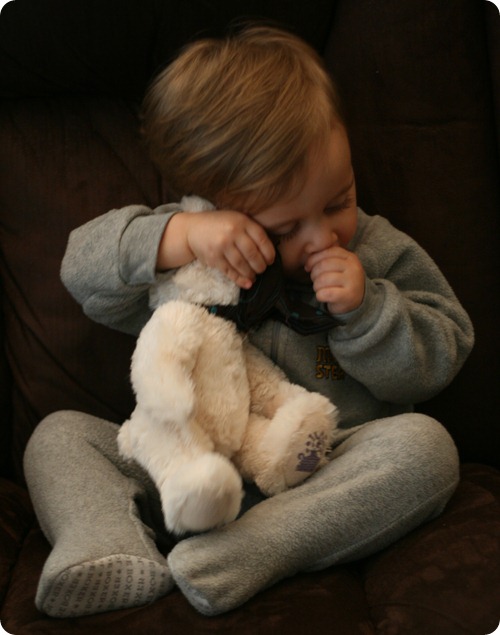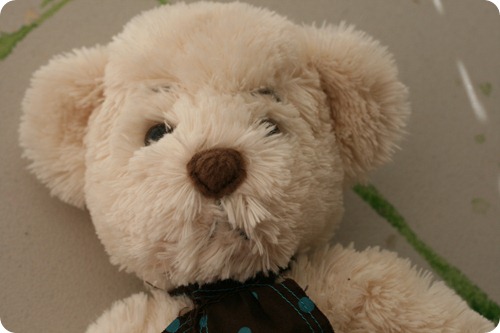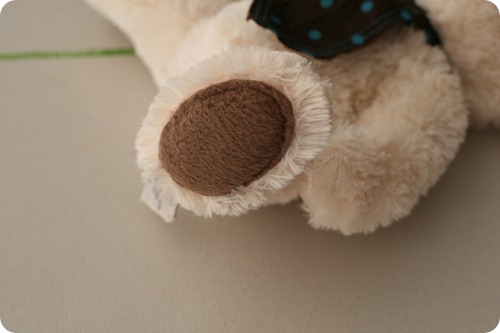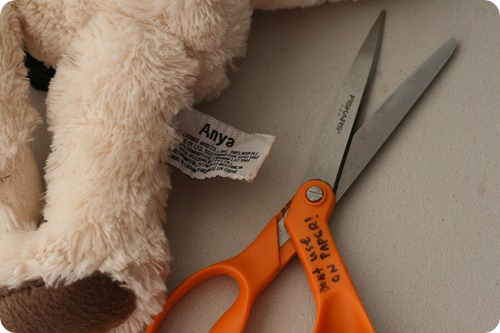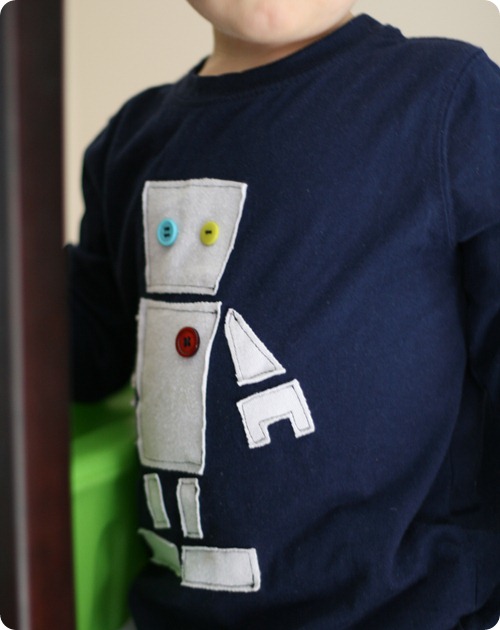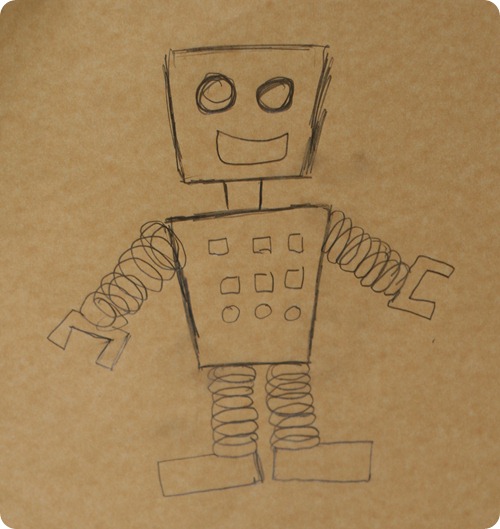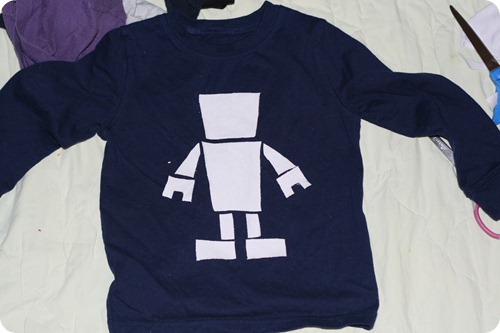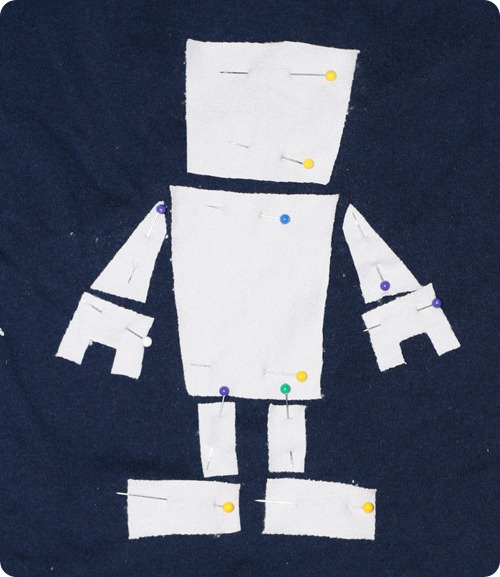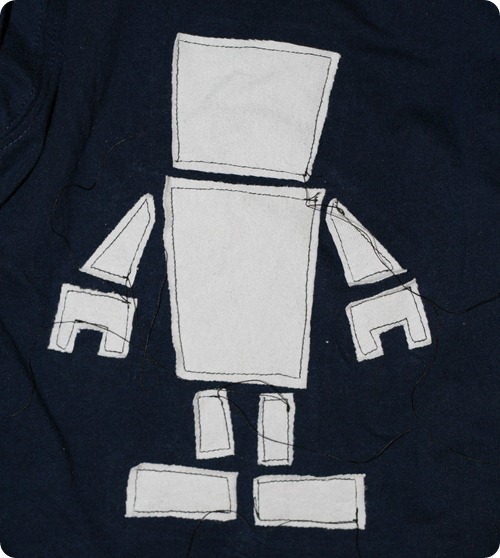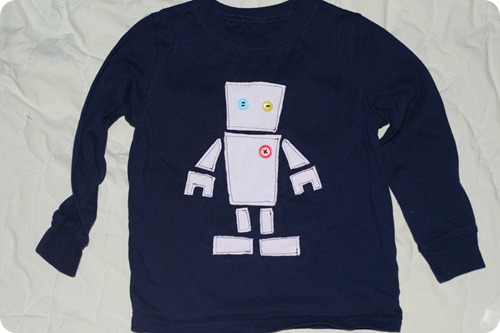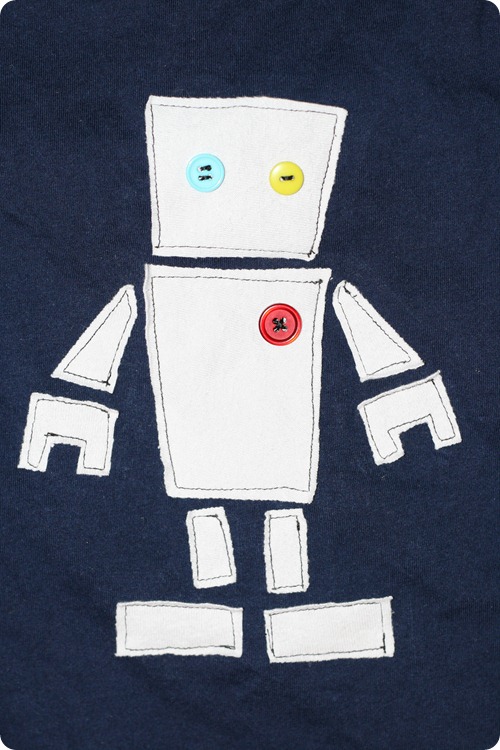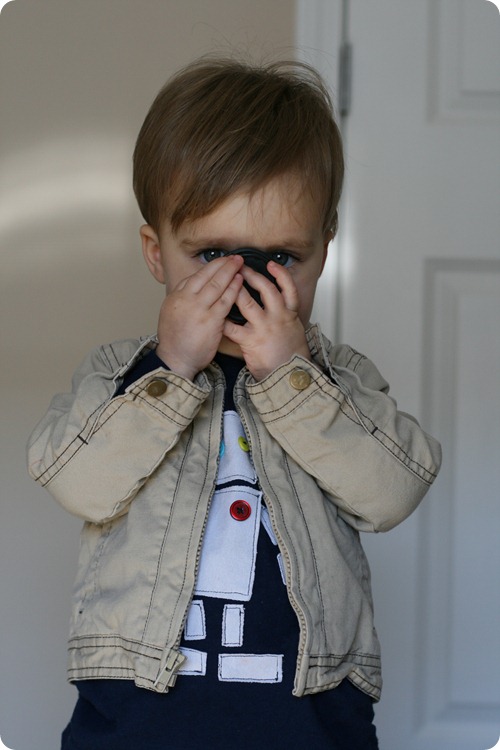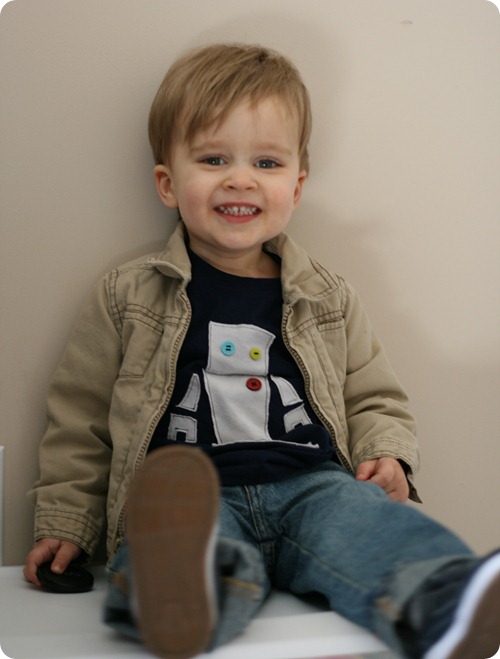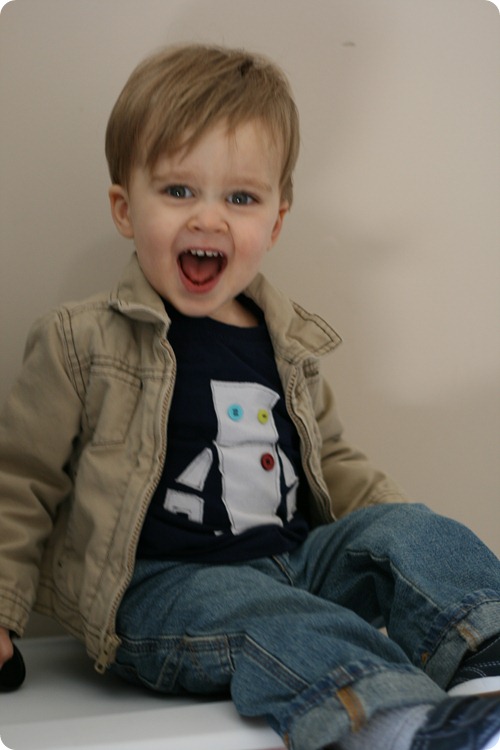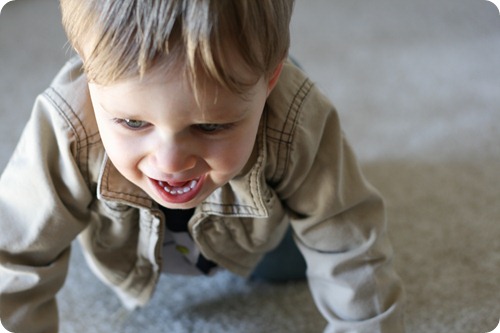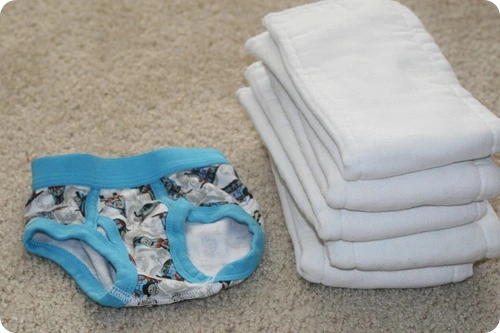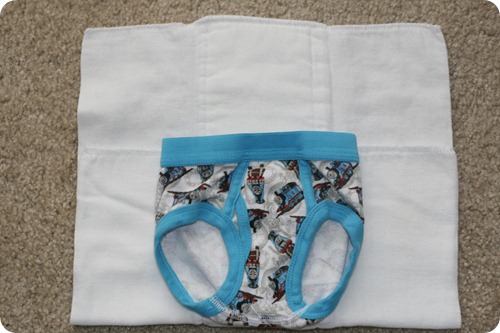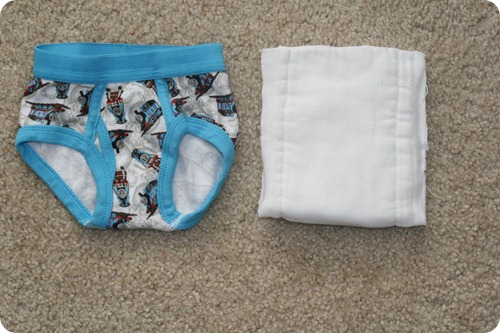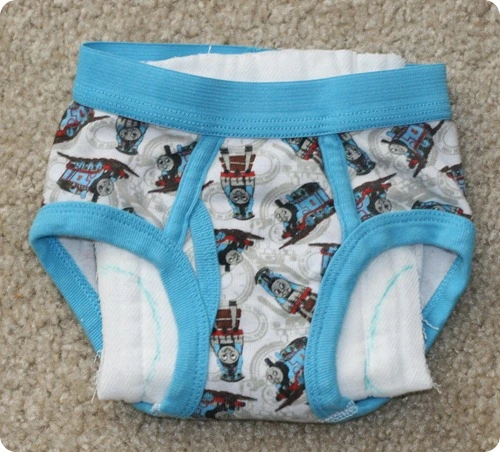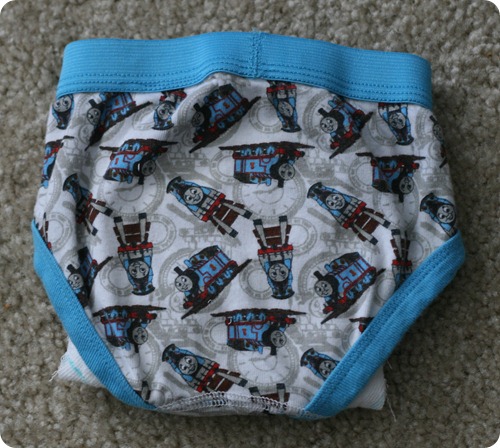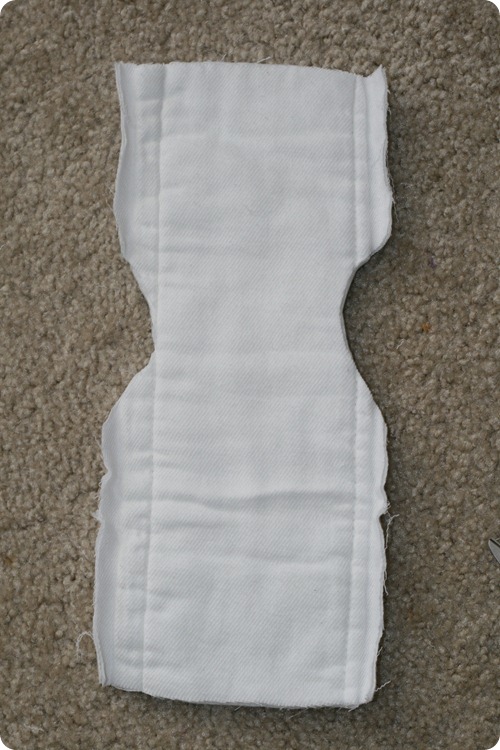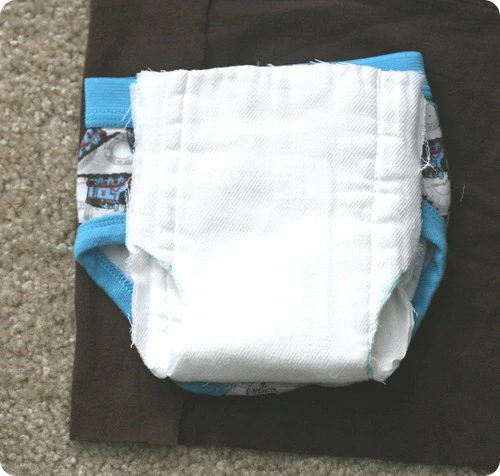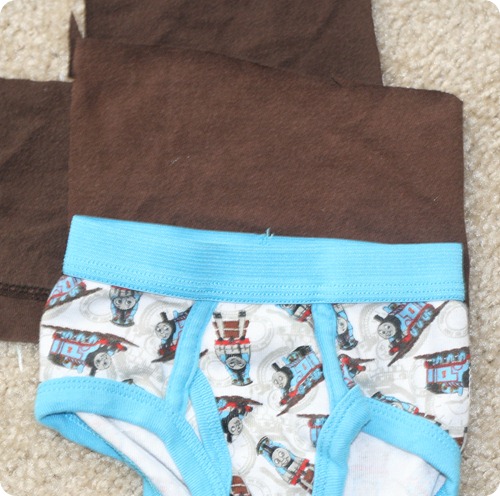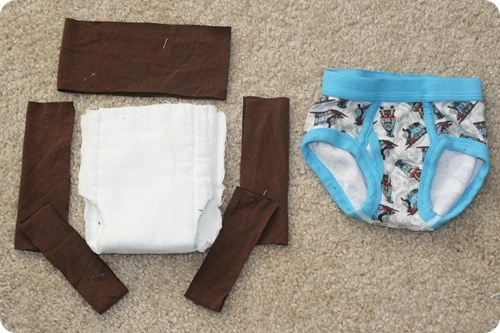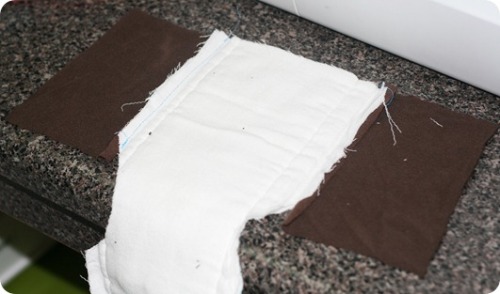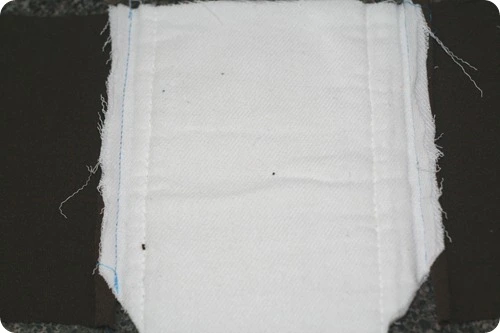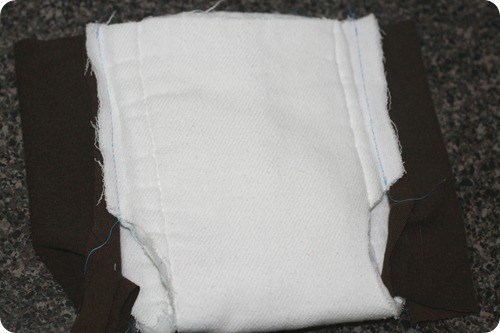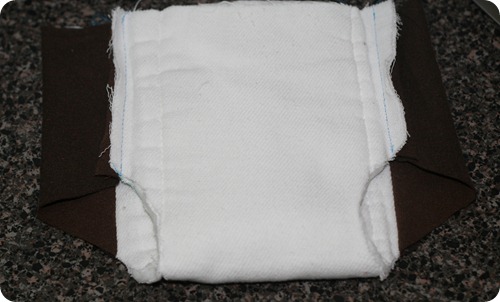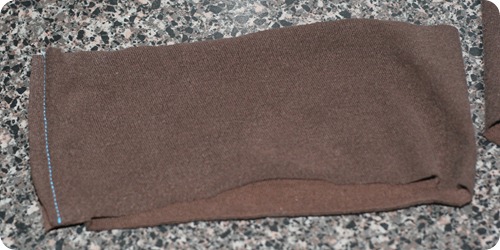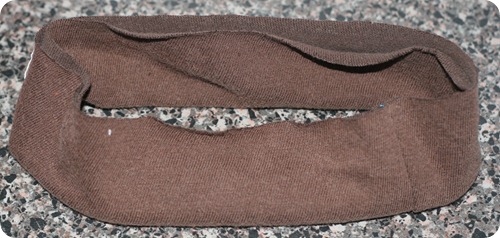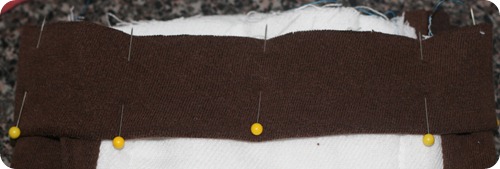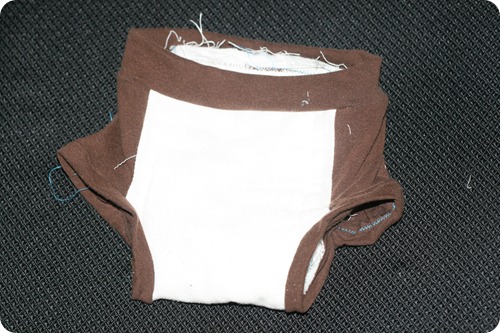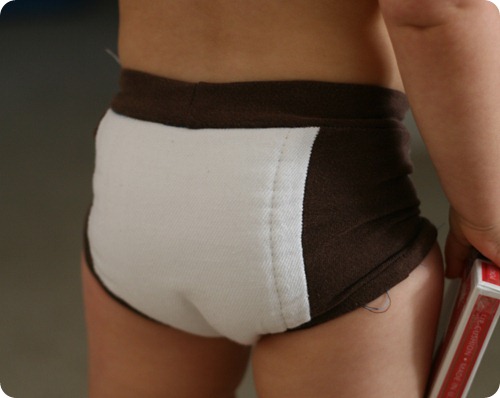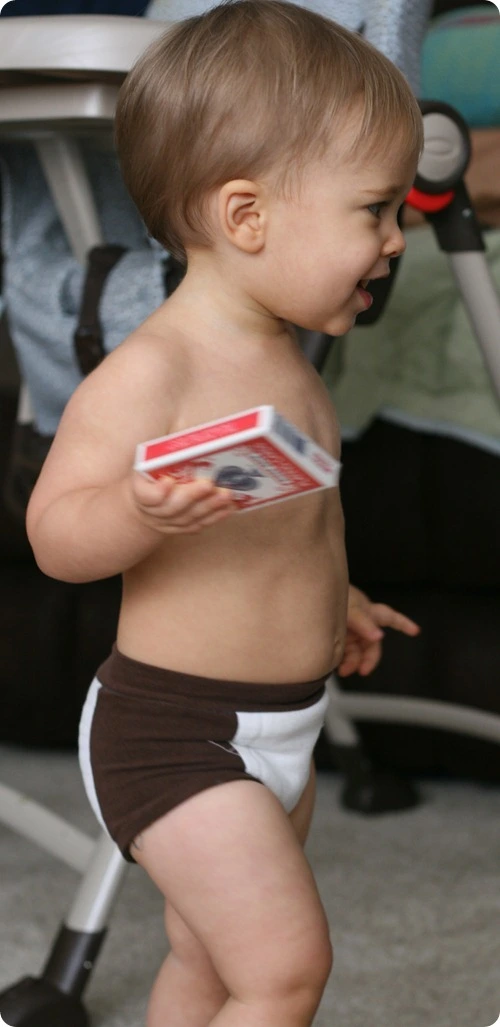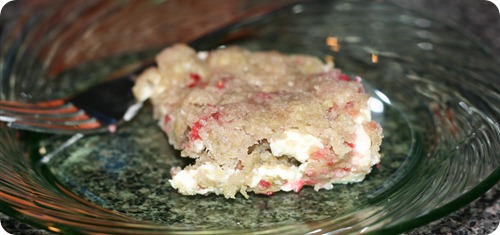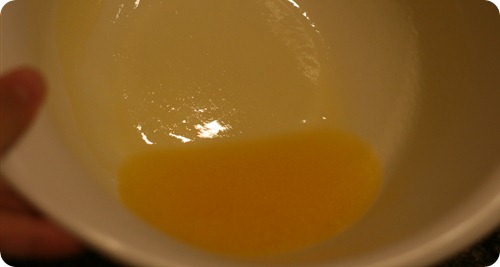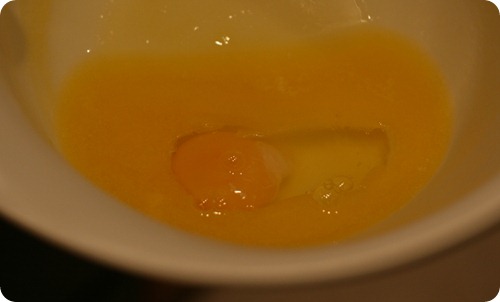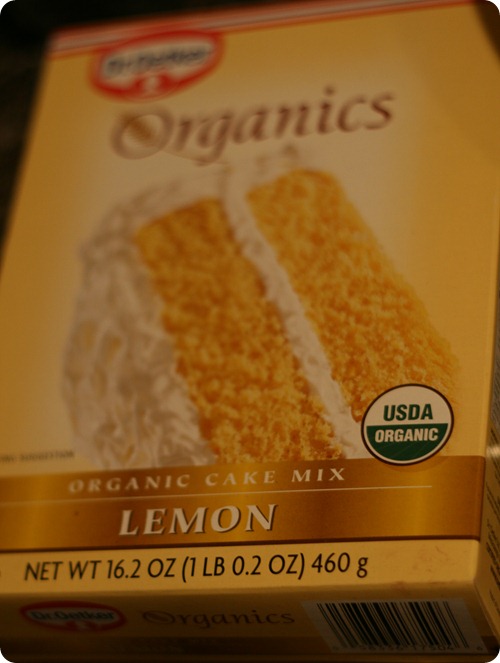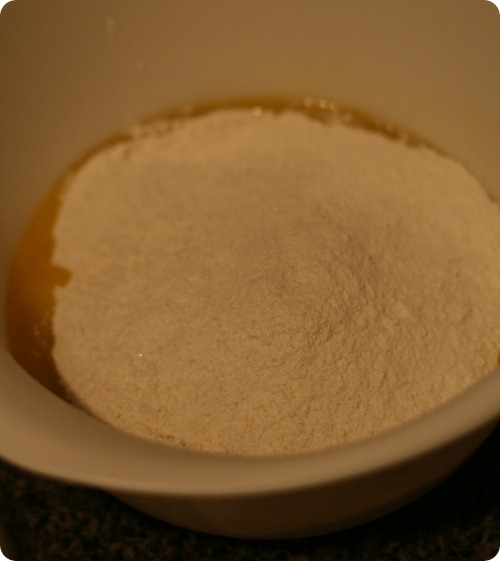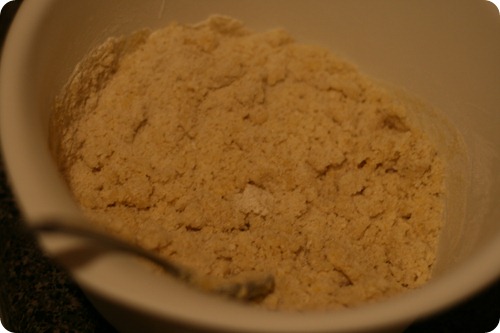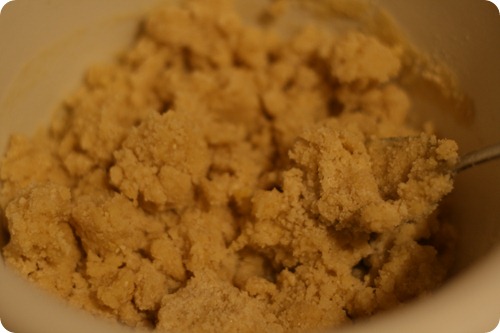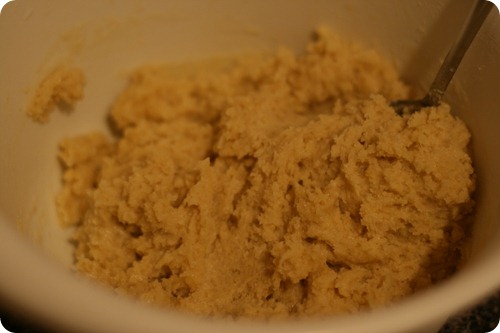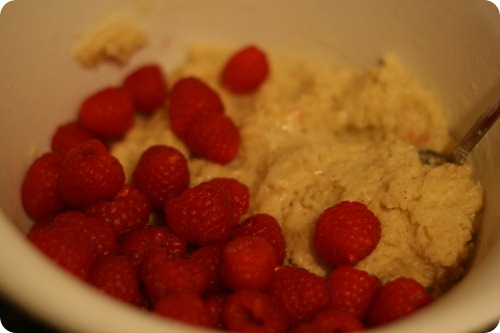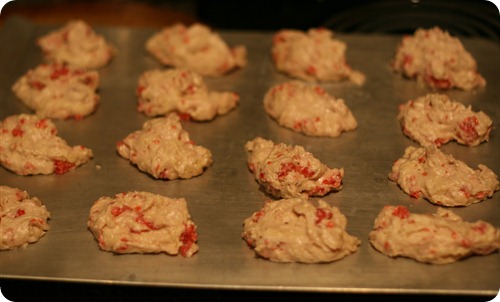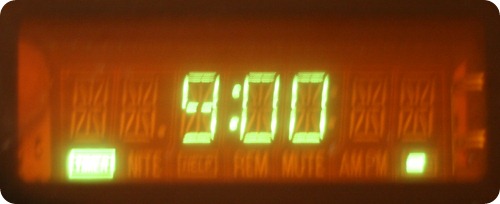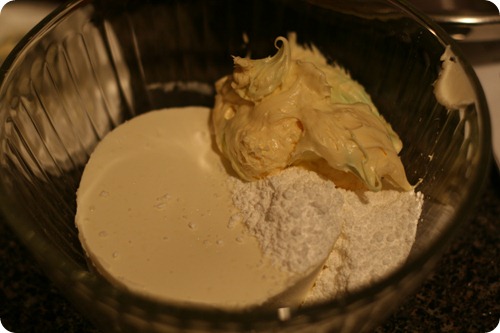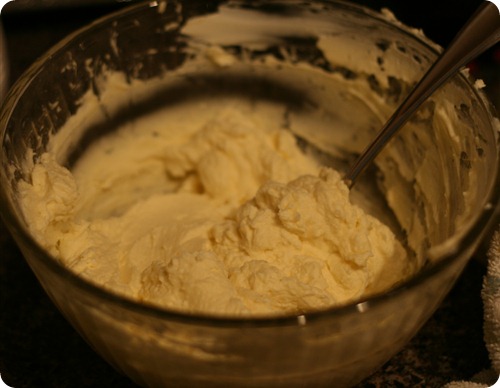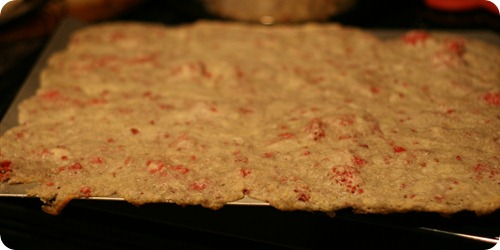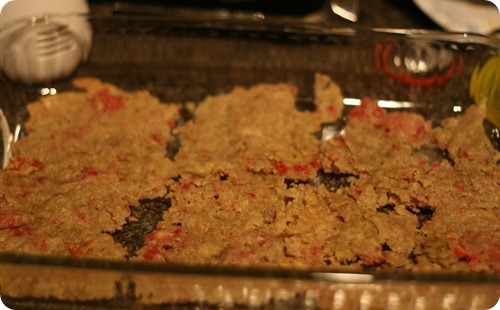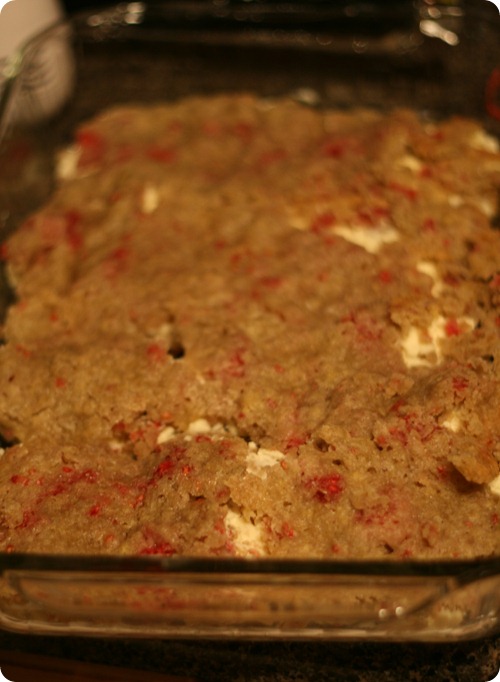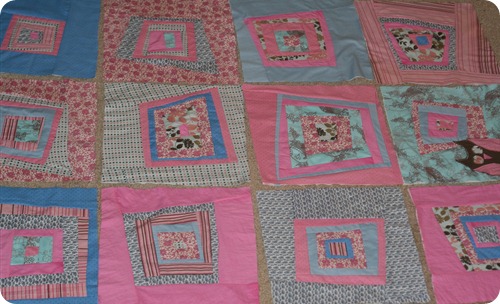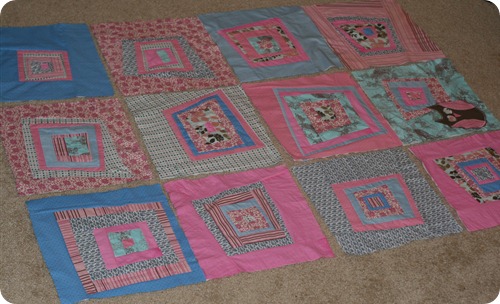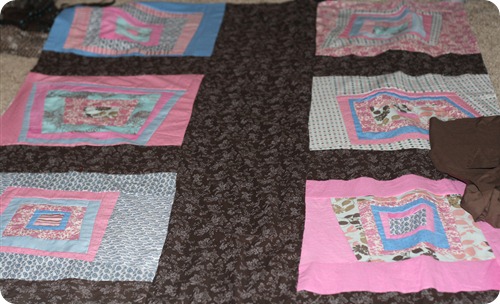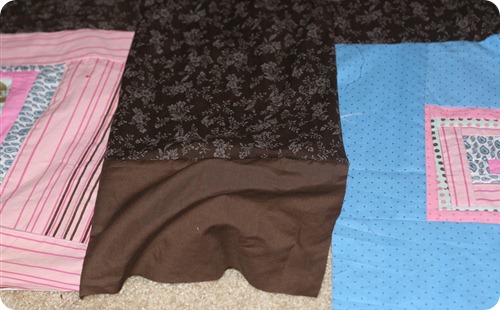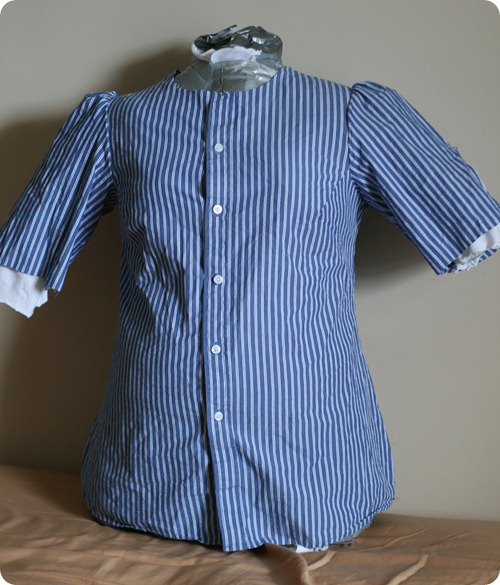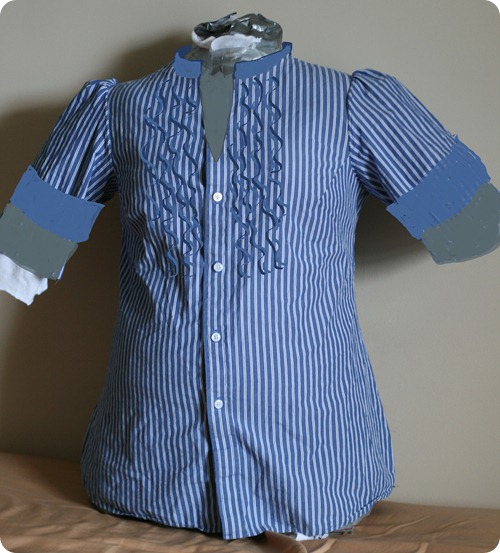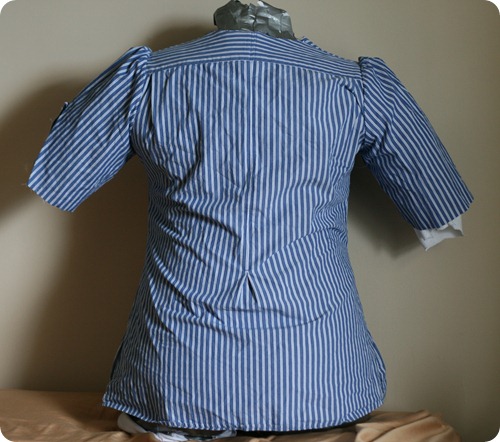Time for my long-awaited return to the blogging world! This past month has been full of sick family members and other craziness. After my nephew recovered, my son got sick. That was a 2 week ordeal (Thankfully not as intense as it was with my poor nephew!!) and just when it felt like Dexter would never be Dexter-y again, suddenly he was! So things are slowly coming back around to “normal”, if that term can be applied to my everyday life.
Now, let’s get down to business.
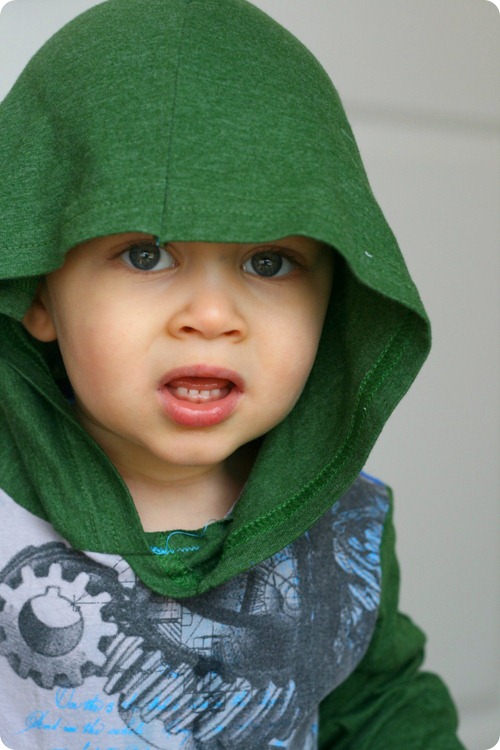
This tutorial will include a walkthrough of how I created and assembled my new toddler hoodie pattern. What it does not currently include is the pattern (boo), but as soon as I figure out how to create and attach printable files I will do an update! Until then, you can create your own pattern the way I did: Take one of your child’s shirts and trace all the pieces, adding about a half-inch seam allowance. Don’t forget how much your seam allowance was (maybe write it on your pattern) because if you don’t sew enough your shirt could be a little big, or worse, too tight if you sew too much. I did choose a roomy cut because I wanted my son to be comfortable and for this shirt to last for several seasons. The sleeves are a little long, but we cuff them.
If you don’t have a shirt that has everything you want, then use multiple shirts to get your pieces! I used a jacket of Dexter’s to trace the hood for this pattern.
Choose your fabrics, and have fun doing it! You can make the shirt entirely out of the same material, but this pattern is perfect for using up scraps! (In another blog I’ll show you just how scrap-friendly this pattern can be!)
You will need 5 total pieces: 1 front, 1 back, 2 sleeves, 2 hood halves. In the following pictures, you can see that I originally planned to just use a regular neckband, but decided to take a chance and make my first hoodie!
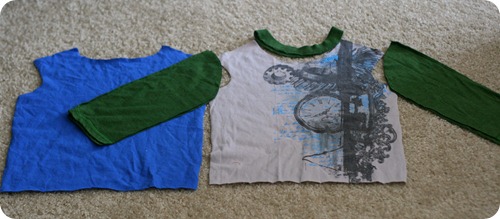
I have LOTS of scrap knit fabric, so I cut the front out of the graphic area of one of my husband’s old tees, and then used a fabric for the back that was similar to the front. Then I used the dark green for all the accent pieces.
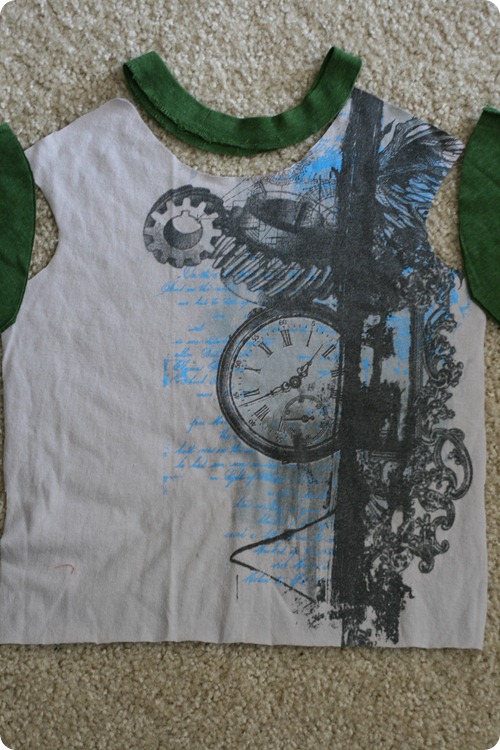
Here is a tip for the arms: Cut along the length of an already hemmed tee if you want hemmed sleeves. You’ll learn later that you don’t have to hem at all, but if you want that finished look (and don’t have a serger) this is an easy way to cheat and get it.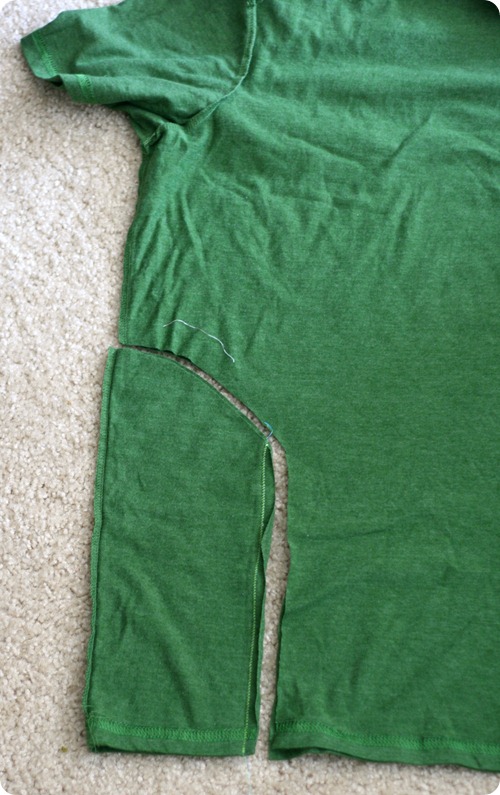
I did the same thing with the hood, laying my pattern piece so the hem created the part of the hood that frames the face.
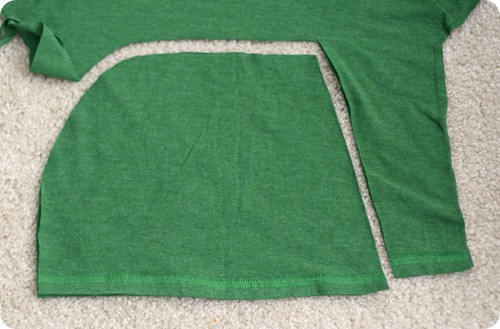
Then put the front and back right sides together, and sew (ZIG ZAG!!!) along the shoulders and sides.
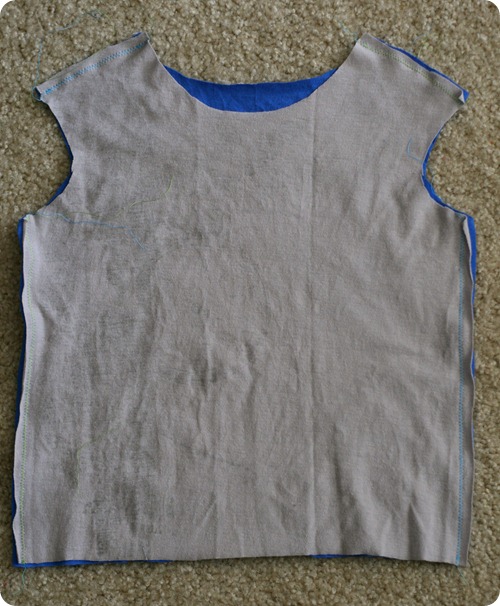
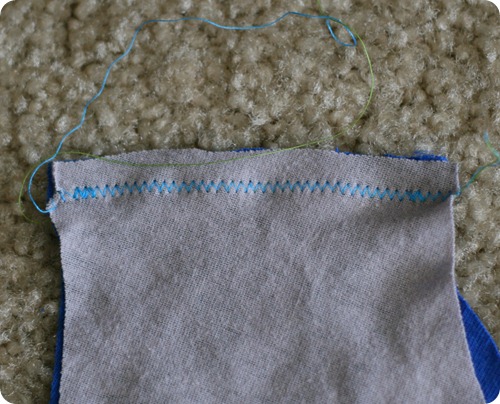
Next, sew down the length of the sleeves. Do NOT sew around the shoulder curve. You would sew the upper arm of your sleeve shut, rendering the sleeve useless, and making you a big dummy. It’s possible I might have done that one a shirt recently, but I will neither confirm nor deny it in this particular blog post.
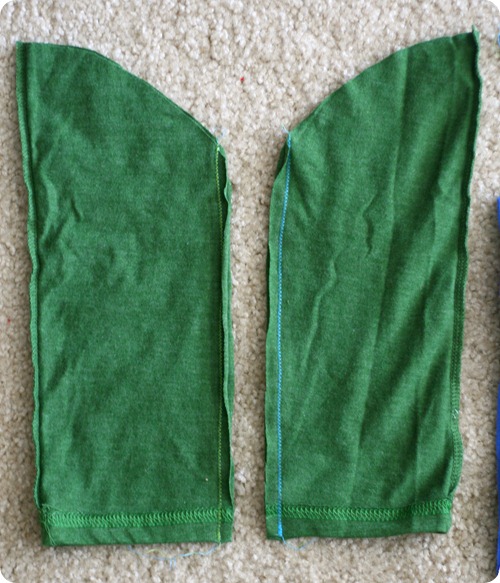
Also, if you decide to go with the pre-hemmed look, I suggest that you start your stitches at the wrist side of the sleeve, that way it will definitely match up and look a little neater. (Side note: don’t freak out that I’m using 2 different thread colors. It means nothing other than that I was too impatient to wind a matching bobbin.)
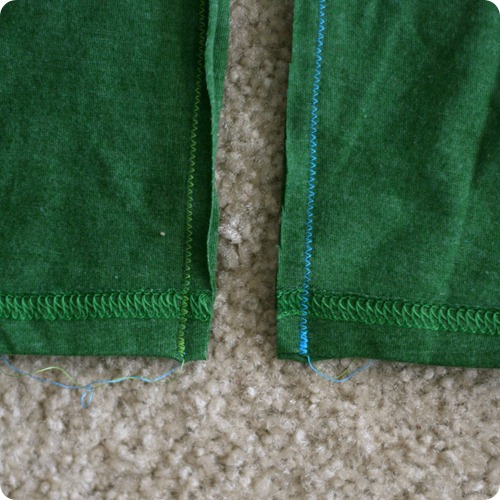
Attach your sleeves to your shirt. Keep the body of the shirt inside out, but turn the sleeves. Place the sleeves inside the shirt. Match seams at the shoulder first, and then at the underarm if things work out well.
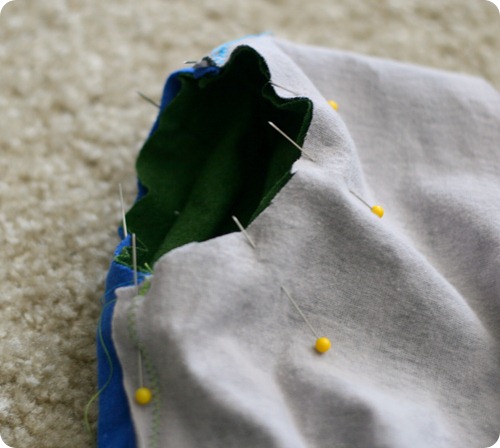
I did have a problem here. And if upload my pattern and you use it, you will possibly have the same problem. The shoulder of the sleeve was a little bigger than the armhole for the body. The way I corrected this is not ideal, and if you’re OCD about these things, the following truth-bomb might make your head explode: I just folded the excess fabric at the armpit and went on with my life.
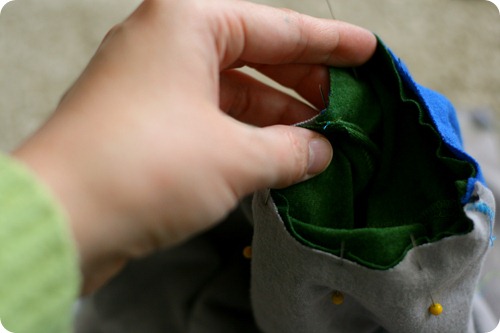
It might be a little hard to tell, unless you click to enlarge the picture, but you can see where I’m making about a half-inch overlap here. I just pinned it with the fold toward the back (I’m not OCD enough to care about the fold, but my seams WILL face the same direction. Always toward the back.) and sewed right over it. I never even see the gather when my son is wearing it. If you’re making this hoodie for a girl and this problem pops up, use the excess fabric to make subtle gathers at the top of the shoulder! It will be a cute addition, and no one will ever know you didn’t plan it.
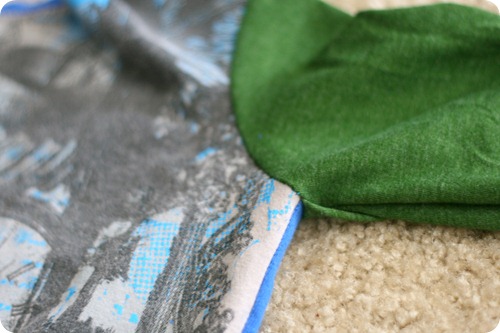
Take a minute and admire your almost-finished shirt! I always love this stage because you can see that it’s really happening! Also, it never hurts to model the shirt at this stage to make sure no adjustments are needed! if it’s just way too huge, you could always put a seam down the middle of the front or back. it might not work with every design, but this particular shirt is pretty forgiving. My next blog about the pattern will show how seams can be used effectively when working with scraps, so I’m certain it would work for sizing issues and be just fine.
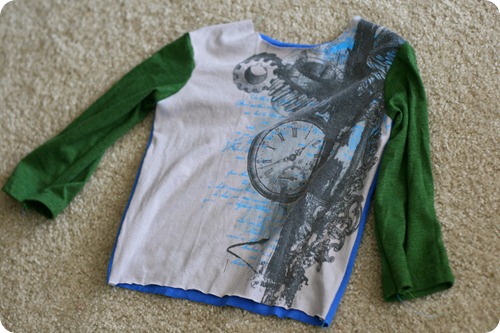
Next sew the 2 hood parts together (right sides together). Remember to match up your finished edges and sew from there if you want to be certain there won’t be weird overlap.

Ok. There comes a time in every tutorial where I’m so focused on the finish line that I forget to take pictures. This is that time. And I’m not happy that it’s the hood-attachment part, because that took some time for me to figure out. I’ll do my best to explain it verbally, and I apologize if it’s just too unclear.
With this pattern, the 2 sides of the hood will overlap. I marked the center of the back of the shirt and matched the hood seem up with that. I didn’t explain earlier, and when I upload the pattern it will be marked, but the hood slopes down toward the face. the short part is the back.
So, your shirt is right side out this time, the hood attached on the outside, with the right side facing the shirt. Start pinning the neck, matching the centers of the shirt and the hood. When you get around to the front, overlap the sides. This might be preferential, but when the hoodie is on, the left side overlaps the right side. If that’s what you want, pin left side down first, and lay the right side over that. Then sew all around the neckline.
Here you can see the slight overlap of the finished hood.
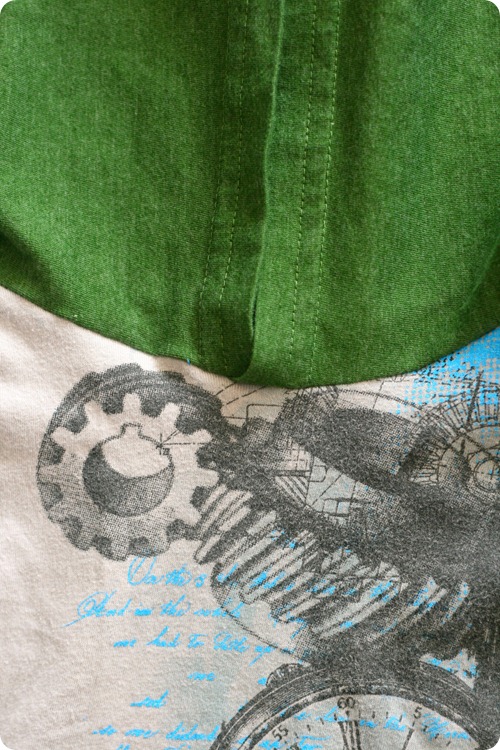
Lastly, evaluate any unhemmed areas. (Check the bottom of the shirt, the sleeves, and the hood edge). Either turn those areas under and stitch (I hope you’ve been zig-zagging. Always zig-zag when sewing knits with a regular sewing machine, or your seam will pop when stretched!!) or, you can leave them raw. In a lot of cases it’s perfectly fine to not even stitch, but if you’re worried at all about unraveling, go ahead and stitch near the edge.
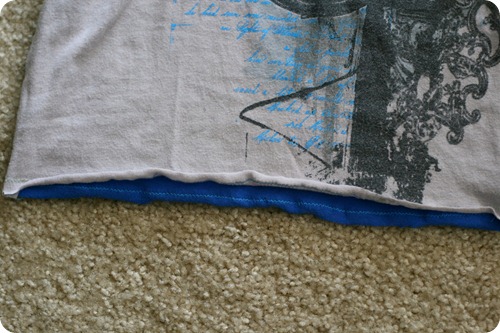
And there you have it! A finished hoodie! Clip the treads and trim any really wide seams, and you’re done!
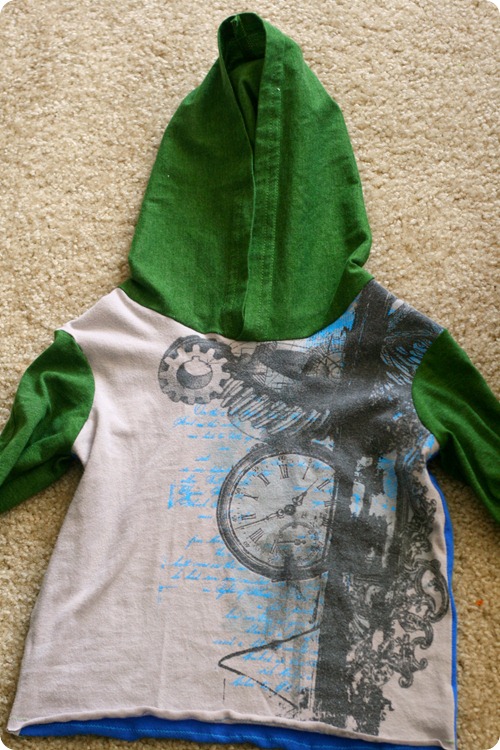
Put it on your kid and take some awesome pictures 🙂
Dexter wasn’t extremely pleased to model immediately after nap, but he did what he could!

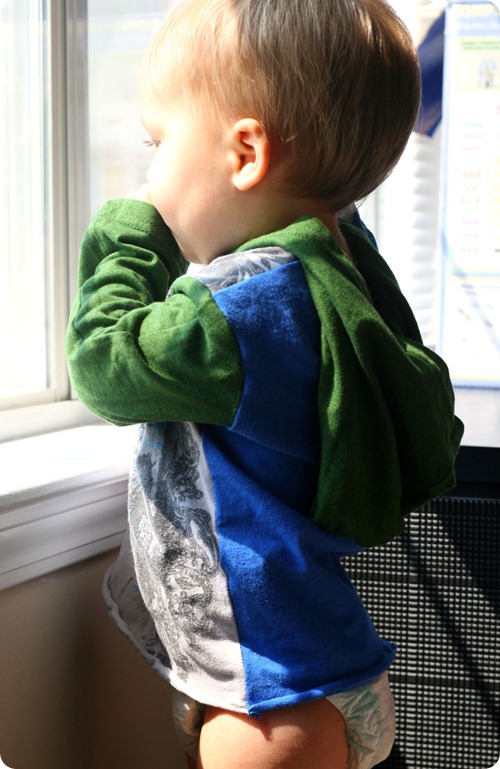
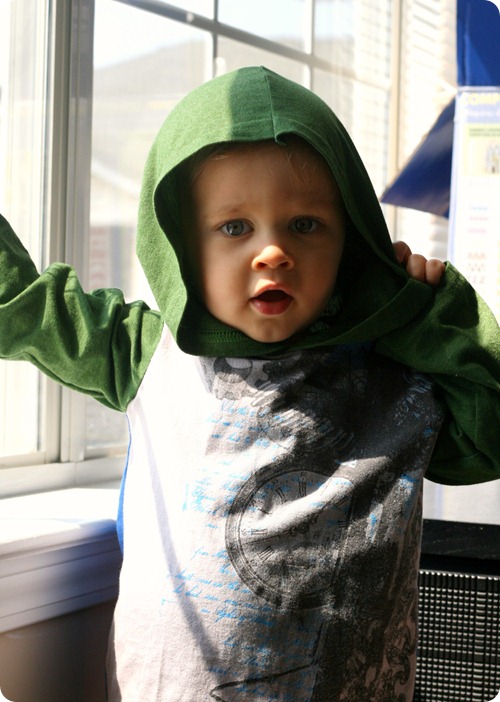
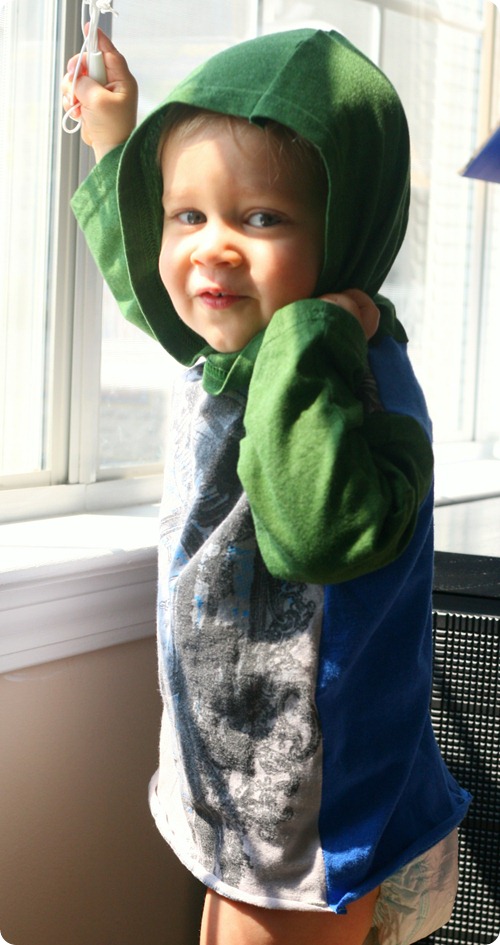
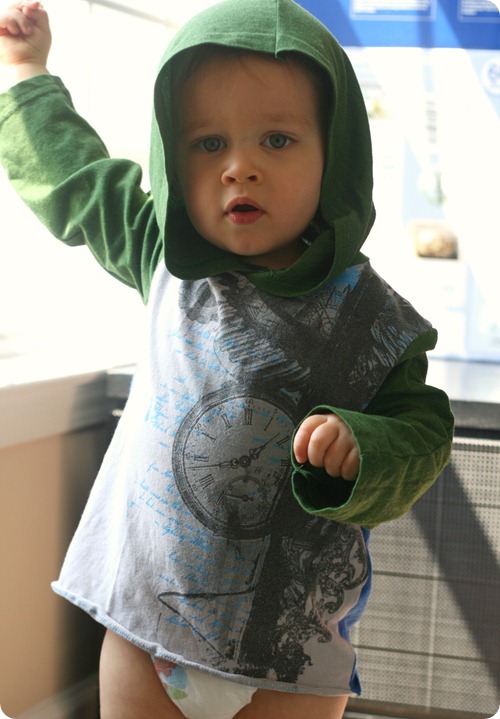
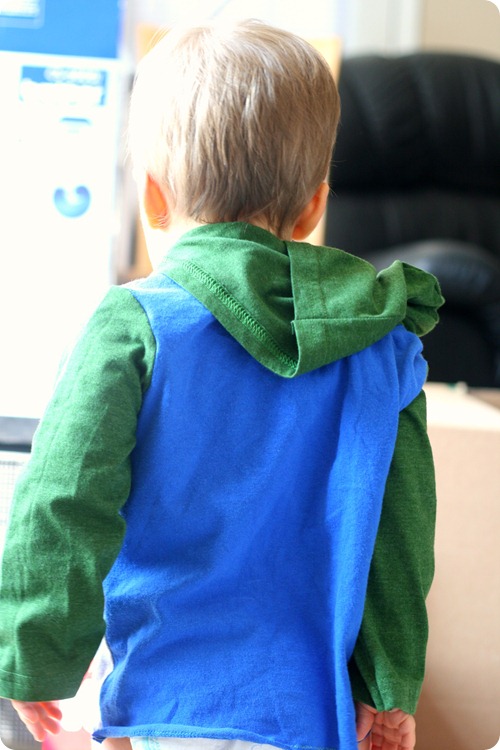
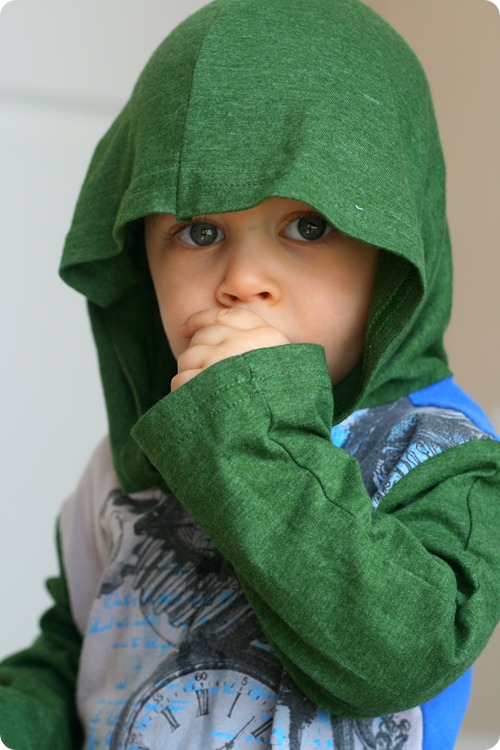
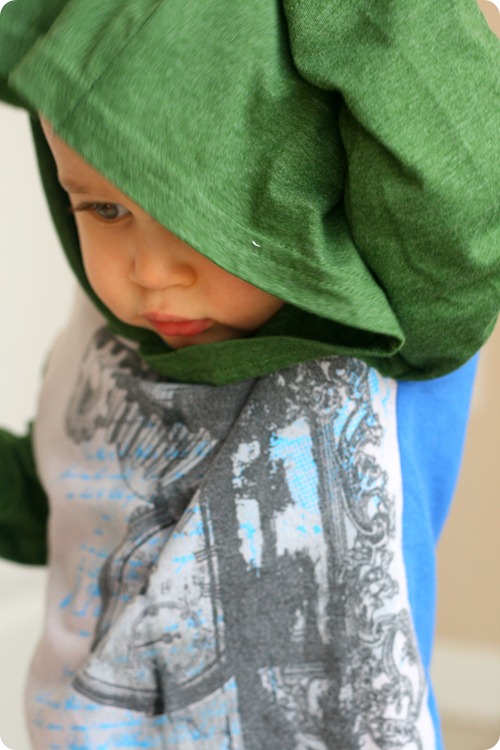
Thanks for making it through the excessive Dexter pictures! I could claim that I included so many so you could see what you could expect your hoodie to look like, but really I was just showing off my baby lol. Send me a link if you try the tutorial!!! I’d love to see other people’s interpretations of the design!
